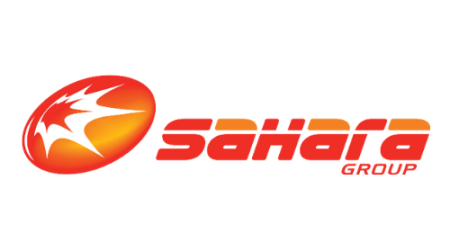Jessica Oku’s “The Cashflow Prioritisation Matrix” presents a novel approach to financial management, equipping business leaders with a practical framework for navigating the complexities of today’s economic landscape. The book’s core concept revolves around a four-quadrant matrix that categorizes expenses based on their urgency and impact on the business. This system allows leaders to strategically prioritize spending, aligning financial decisions with key objectives such as revenue growth, cost optimization, and market expansion. Oku draws from her own experiences, recounting a critical juncture in her career where regulatory changes jeopardized her company’s cash flow, forcing her to adopt a more disciplined, cash-centric strategy. This personal anecdote underscores the practical relevance of the matrix and its potential to transform financial management practices. The book goes beyond theoretical concepts, providing actionable tools like expense audit templates, implementation guides, and a downloadable workbook, enabling readers to immediately apply the framework to their own businesses.
The Cashflow Prioritisation Matrix advocates for a shift from reactive, survival-mode spending to proactive, strategic financial planning. By categorizing expenses based on urgency and impact, businesses can identify and eliminate “silent cash killers”—expenditures that may seem insignificant individually but cumulatively drain resources and hinder growth. This approach empowers businesses to not only survive but thrive by ensuring that every financial decision contributes to long-term sustainability and expansion. The book’s emphasis on practicality extends to its launch strategy, with a virtual event planned on June 28, 2025, via Google Meet and LinkedIn Live. This digital approach aims to reach a broad audience, providing live demonstrations of the matrix, real-world success stories, and a detailed walkthrough of the framework’s application. Attendees will also receive a complimentary workbook and valuable insights into identifying and eliminating those insidious cash drains.
Oku’s work arrives at a crucial time for businesses, particularly in Nigeria, where the growing adoption of digital technologies and increased financial literacy are driving a reassessment of financial resilience. With over 120 million Nigerians enrolled in the National Identity Number system, the country is experiencing a surge in digital inclusion, creating both opportunities and challenges for businesses. The book aims to empower businesses in this evolving landscape by fostering a culture where cash flow is viewed not as a static metric but as the driving force behind sustainable growth. This approach aligns with the increasing need for financial agility and strategic planning in a rapidly changing economic environment.
The book’s distinctiveness lies in its integration of personal narratives, simplified financial principles, and readily applicable resources. This approach departs from traditional financial literature, which often focuses on complex theories and technical jargon, making it inaccessible to many business leaders. By incorporating real-world examples and providing practical tools, Oku aims to bridge the gap between theory and practice, empowering a wider range of businesses to adopt a more strategic approach to cash flow management. The book’s focus on execution ensures that readers can immediately implement the presented concepts, translating financial knowledge into tangible results.
“The Cashflow Prioritisation Matrix” is not merely a financial guide; it represents a paradigm shift in how businesses perceive and manage their cash flow. It champions a proactive, strategic approach, empowering leaders to make informed decisions that drive sustainable growth and enhance financial resilience. The book’s focus on practical application, coupled with its accessible language and real-world examples, makes it a valuable resource for businesses of all sizes, particularly in the context of Nigeria’s evolving digital economy. By providing a clear framework and actionable tools, Oku aims to empower businesses to optimize their cash flow, not just for survival, but for long-term success in a dynamic and increasingly competitive marketplace.
The book’s launch event further solidifies its commitment to practical application. The planned live demonstrations, success stories, and in-depth walkthroughs offer attendees a hands-on experience with the Cashflow Prioritisation Matrix. The free workbook and insights into identifying “silent cash killers” provide immediate value, equipping participants with the tools they need to implement the framework within their own organizations. This interactive approach reinforces the book’s core message: cash flow management is not a passive exercise but a dynamic process that requires constant attention and strategic decision-making. By providing a platform for engagement and knowledge sharing, the launch event aims to foster a community of business leaders committed to optimizing their financial performance.














